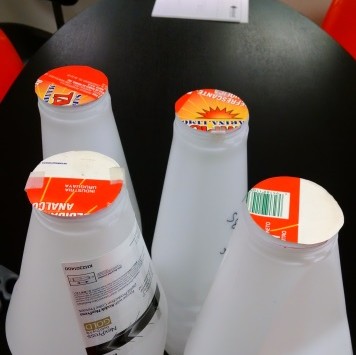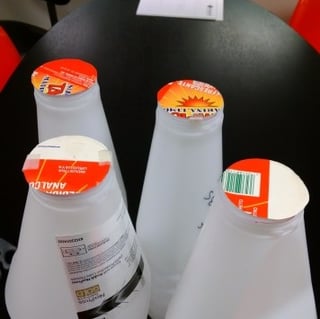Induction Brazing an Aluminum Assembly
Objective A company wanted to assess using induction heating for their aluminum assembly brazing process, and contacted THE LAB at Ambrell to utilize...
Applications
Applications: More
Applications: More

Industries:
Industries: More
Industries: More
Industries: More

Products:
Products: More
Services:
Services: More

Learn:
Learn: More
About:

1 min read
Brett Daly
5/12/16 3:07 PM


The objective of this application was to heat an aluminum seal for cap sealing to a plastic container. The client had been using another method for cap sealing which was more time and labor intensive. The client turned to THE LAB at Ambrell to see if induction heating with an Ambrell system could allow them to reduce their cap sealing process time to just seconds.
The engineers in THE LAB determined that an EASYHEATTM 1.2 kW induction heating system would be ideal for this application. A pancake style coil was designed specifically for this application. Testing determined that the cap sealing application could be completed in just over one second, exceeding the client's expectations.
Benefits of using induction for this application include speed, the minimal footprint required by an EASYHEAT induction heating system and the energy efficiency of induction heating. If you'd like to send your parts in for complimentary feasibility testing, visit THE LAB page and get the process started today.

Objective A company wanted to assess using induction heating for their aluminum assembly brazing process, and contacted THE LAB at Ambrell to utilize...

Induction heating is a process that uses electromagnetic fields to heat electrically conductive materials. It has been used in numerous industries...

Induction heating, a process that uses electromagnetic induction to heat electrically conductive materials, is often thought of for large industrial...